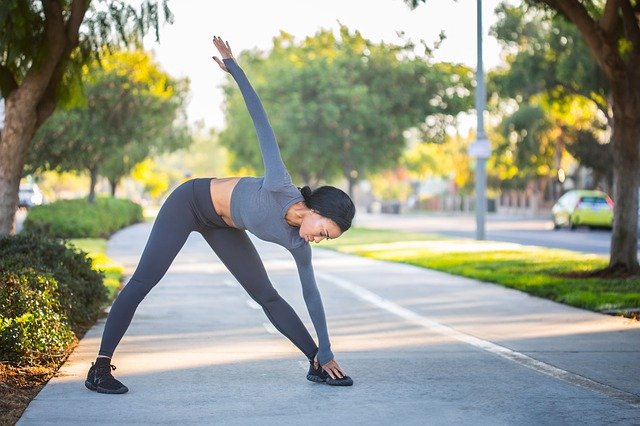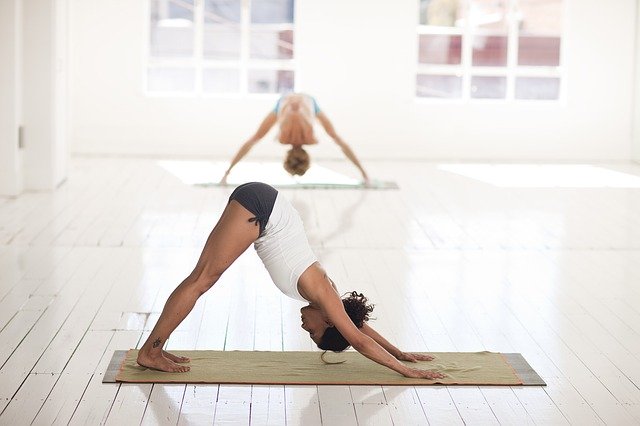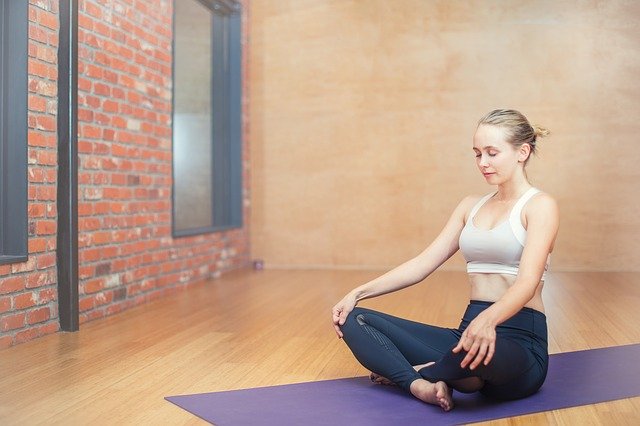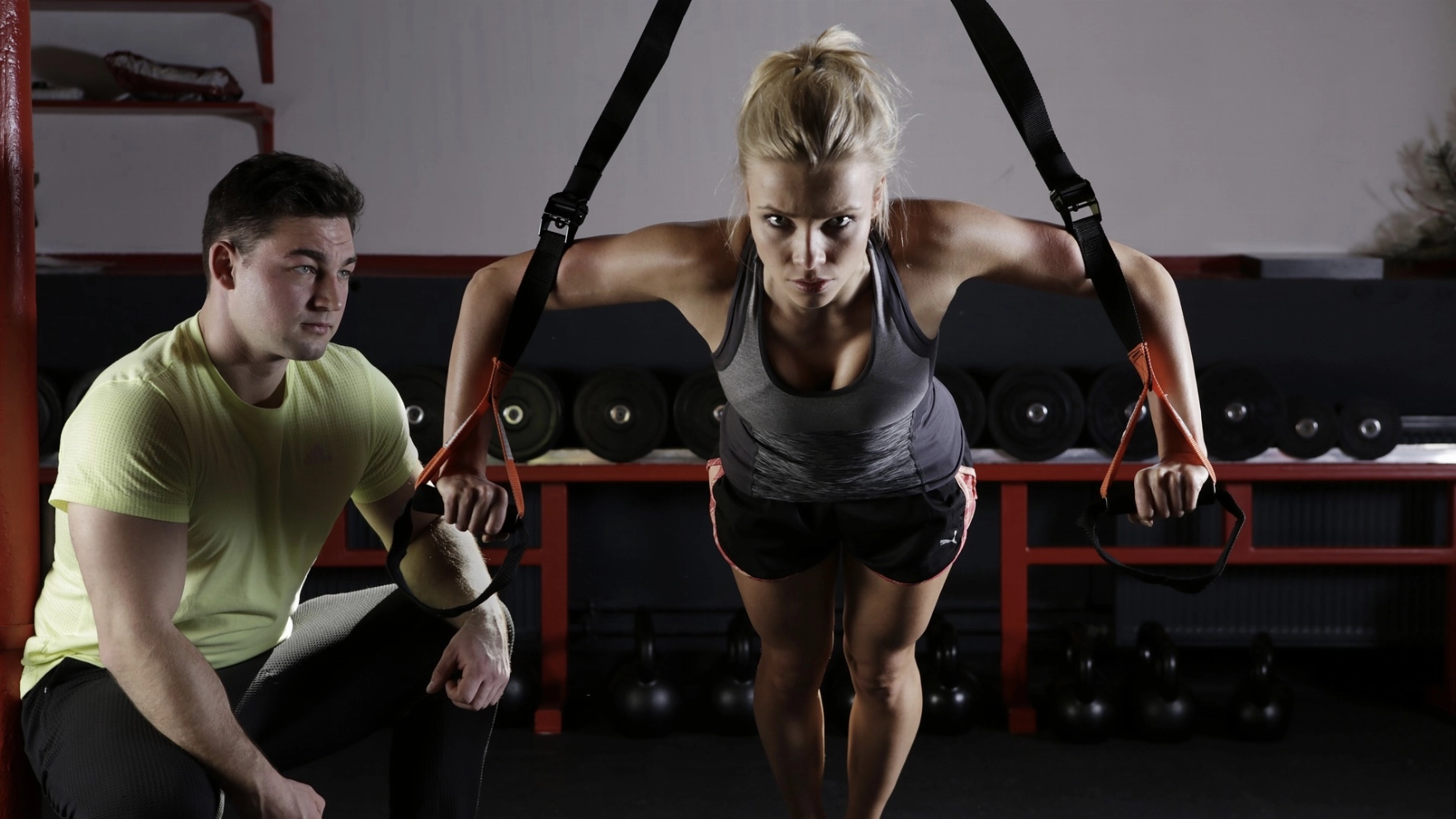Correct Breathing During Exercise
How to breathe is not on everyone’s mind during a workout. Although breathing is quite instinctive and natural in normal times, it can be tricky to follow instinct while exercising. How you breathe during an exercise can determine how long you can endure it, how you feel through it, and how you benefit from it. Read on to find why it matters and what is the correct breathing technique for different types of exercises.
Correct Breathing During Exercise - Why It Matters?
During an intense exercise that demands core strength, we have a tendency to hold our breath, and in doing so, we compromise our speed and performance. Proper breathing is essential for supplying the oxygen that our body needs during the workout. Think of oxygen as the fuel that our body uses to burn the fat and keep the muscles going. If this fuel is inadequate or inefficient, your performance will suffer. In energy-intensive exercises, such as cardio and strength training, wrong breathing can even result in dizziness and muscle cramping. On the other hand, the right breathing technique ensures optimal performance and increases endurance, so you can continue doing some more of it!

When you fail to deliver the required amount of oxygen, your body compensates that by increasing the heart rate and lactic acid production. This, in turn, decreases your endurance and tires you earlier than usual. This is not your optimal performance. You can exercise longer and better by learning how to breathe right.
Correct Breathing During Running
In aerobic exercises such as running, aim for a consistent, rhythmic breathing pattern. A steady breath will deliver the needed amount of oxygen to your muscles and will keep them going for a longer time, at a steady pace. To discipline your breath, follow 2:2 rule that is breathe-in for two foot strikes and breathe-out for another two strikes. This is not a rule, and you can alter it to suit your speed. For example, 2:2 can easily be 3:3 if you are comfortable that way. Note that slow and relaxed breaths are not recommended for high-energy exercises.

Correct Breathing During Strength training
Proper breathing during strength training supports your spine in exertion and enables you to lift more weight with better control. As a rule, exhale on exertion. For example, if you are doing pullups, exhale while pulling yourself up, and inhale on your way down. Or when pushing a bar, exhale slowly while pushing, and inhale on return. Do not hold your breath on exertion. Breathing out is important as it releases pressure and increases core engagement.

Correct Breathing During Yoga and Meditation
Yoga recommends slow, long, and equated breaths for maximum efficiency. Slow and elongated breaths reduce stress and calm the nervous system. Equal breaths are believed to clear the senses and discipline the wandering mind. Take slow and deep breaths when stretching and always follow a rhythm, especially in recurring poses such as cat and cow pose. Meditation relies a great deal on breathing to focus the mind. Counting your breaths can help in concentrating your mind.

Nose versus Mouth Breathing
Ideally, the nose is meant for breathing for some very interesting reasons. The inner side of our nose contains cilia – hair-like structures that filter the coming air for dust, pollutants, bacteria, which can trigger allergies on inhalation. They protect the lungs from the harmful effects of pollutants. Moreover, the nasal passage contains mucus for humidifying the air before it enters your lungs. Mouth, on the other hand, offers none of these protections. If you breathe through your mouth, you compromise quality in return for quantity. This is inevitable for high-energy exercises when you need so much oxygen that your nose is unable to provide. There is no fixed rule here. Follow your instincts according to your needs. Generally, nose breathing is perfect for yoga and meditation , while you may need to breathe through your mouth while running. Just be sure to supply enough oxygen for maximizing your efficiency.
, while you may need to breathe through your mouth while running. Just be sure to supply enough oxygen for maximizing your efficiency.
updates?










0